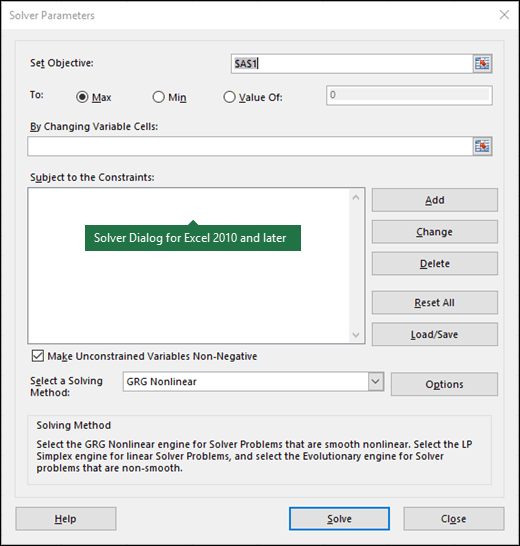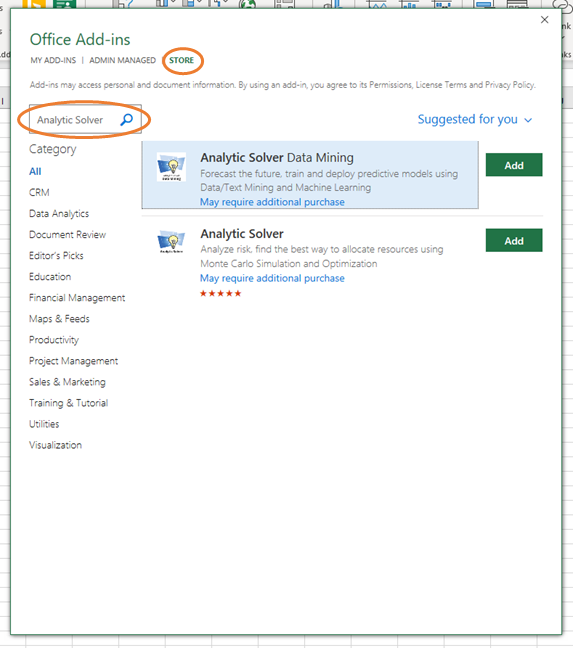

Data quality issues such as missing or incorrect information can lead to false predictions, and overfitting in models can lead to inflexible predictions that cannot handle changes in data over time. Prescriptive analytics systems are not perfect and require close monitoring and maintenance. However, not all data is linearly related and therefore the linear regression can’t be applied to every data science problem. For example, a linear regression assumes that the prediction variable can be modeled as a weighted sum of the descriptive features. In both the statistical and nonstatistical algorithms, the goal is to create a model from past data that can accept new inputs and predict their outcomes.ĭata scientists must experiment with machine learning algorithms and features to create a prescriptive analytics system, because different algorithms make different assumptions about the structure and completeness of data. Another common (nonstatistical) machine learning algorithm is ID3, which creates a decision tree that structures a graph of possible outcomes from a dataset. Prescriptive analytics relies on artificial intelligence, and specifically the subfield of machine learning, which encomposes algorithms and models that allow computers to make decisions based on statistical data relationships and patterns.įor example, the Bayes classifier is a common machine learning algorithm that uses a statistical model called Bayes’ Theorem to compute the conditional probability of an event happening. While descriptive analytics focuses primarily on what has already happened in the past and predictive analytics tries to find correlations to make forward-looking projections, prescriptive analytics looks to determine the why - effectively estimating causality between events. These models and algorithms can find patterns in big data that human analysts may miss. Prescriptive analytics uses statistical models and machine learning algorithms to determine possibilities and recommend actions. Predictive analytics uses data to make forecasts and predictions about what will happen in the future. Descriptive analytics is the process of using historical business data to understand why certain events happened and summarizing the information into an easily consumable format.

Prescriptive Analytics Guide: Use Cases & Examplesīusiness analytics can be categorized as descriptive, predictive, or prescriptive.


 0 kommentar(er)
0 kommentar(er)
